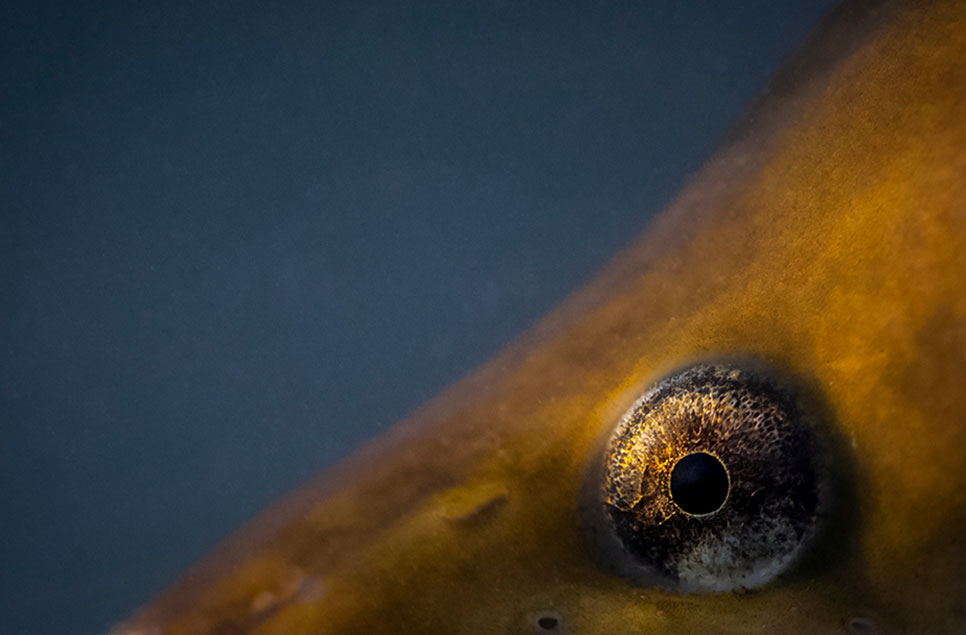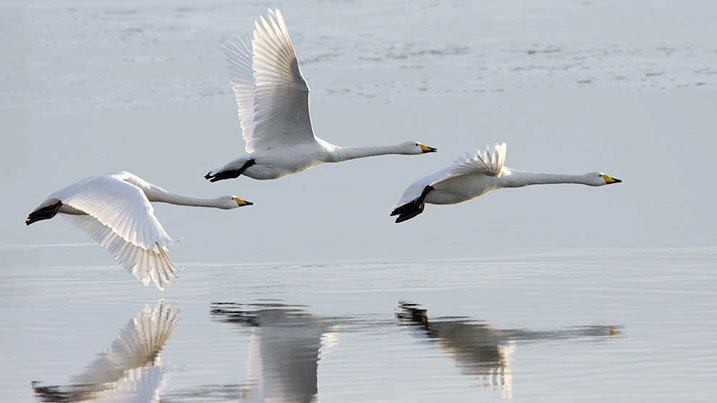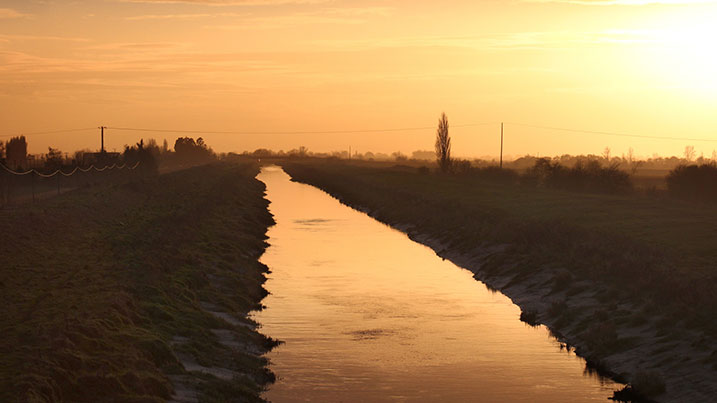Challenging threats to our water quality – and to wetland wildlife
The Water Framework Directive is a piece of legislation that has lead to the Environment Agency improving over 4,500km of water bodies in the last 3 years. Now, that directive is under review - and there's a chance it could be weakened.

We have just celebrated World Wetlands Day. Wetlands provide us with a huge amount of benefits with conservative estimates suggesting the monetary value of UK freshwaters as £39.5 billion in 2012. They are amazing spaces for wildlife and people to enjoy, hosting rare and extensive populations of wildlife.
Wetlands are declining worldwide
Seeing thousands of geese or lapwings is truly a sight to behold. Here in the UK we have some particularly special places, for example more than 85% of all the chalk streams in the world, are found in England, and most of the blanket bogs in the EU are found in the UK and Ireland (10-15% of the world’s blanket bogs).
Yet our wetlands are under constant risk. Globally wetlands have declined by about 30% since the 1970s and in the UK we have seen an approximate 50% decline in freshwater species since 1970 with 13% categorised as threatened. Our remaining wetlands are deteriorating and suffering constantly from a range of issues including creeping development as well as the impacts of taking too much water from the environment and the cumulative impact of diffuse pollution from agriculture.
Why the Water Framework Directive should stay in place
The Government is trying to solve such issues through implementation of EU legislation – the Water Framework Directive – however, this is currently at risk of being weakened as it is under review. Even though the UK is leaving Europe, this still affects us as many of our wetland species are migratory and depend on European wetlands. We fear that if the EU was to weaken their legislation it would not take long for Westminster to follow suit.

Undoing recent efforts to improve our water quality
The Environment Agency has spent significant amounts of money to improve over 4,500km of water bodies over the last three years. Water companies have together committed to spending over £5 billion on their environment programmes in the next 5 years because of this legislation. But what does that really mean in practice?
A good example of this is how WWT are working with Bristol Water to improve migration of eels across Slimbridge. Eels are critically endangered. One of the major reasons for their huge decline is through the obstruction of their migration route from weirs, dams and flood defences on UK rivers. WWT Slimbridge could be a key site to help them recover.
Another effect of the Water Framework Directive governance is how we manage the influx of invasive species. For example: South West Water are working to try and keep sites free of invasive crayfish species. Our native species of crayfish, the white-clawed crayfish, is endangered and at risk from invasive species which not only out compete our native species but carry a disease, deadly to the white-claw but not the invasive.

How you can help us #ProtectWater
You have a chance to tell the EU that you want healthy, wildlife rich wetlands. Please take a moment to sign this form and it will send to the EU an automatically completed consultation response highlighting your desire to retain ambitions to improve the quality and health of our wetlands.
Harmful impacts on our wetlands and wildlife are being tackled, but only as a result of the Water Framework Directive. Please show your support and sign the consultation response today.



